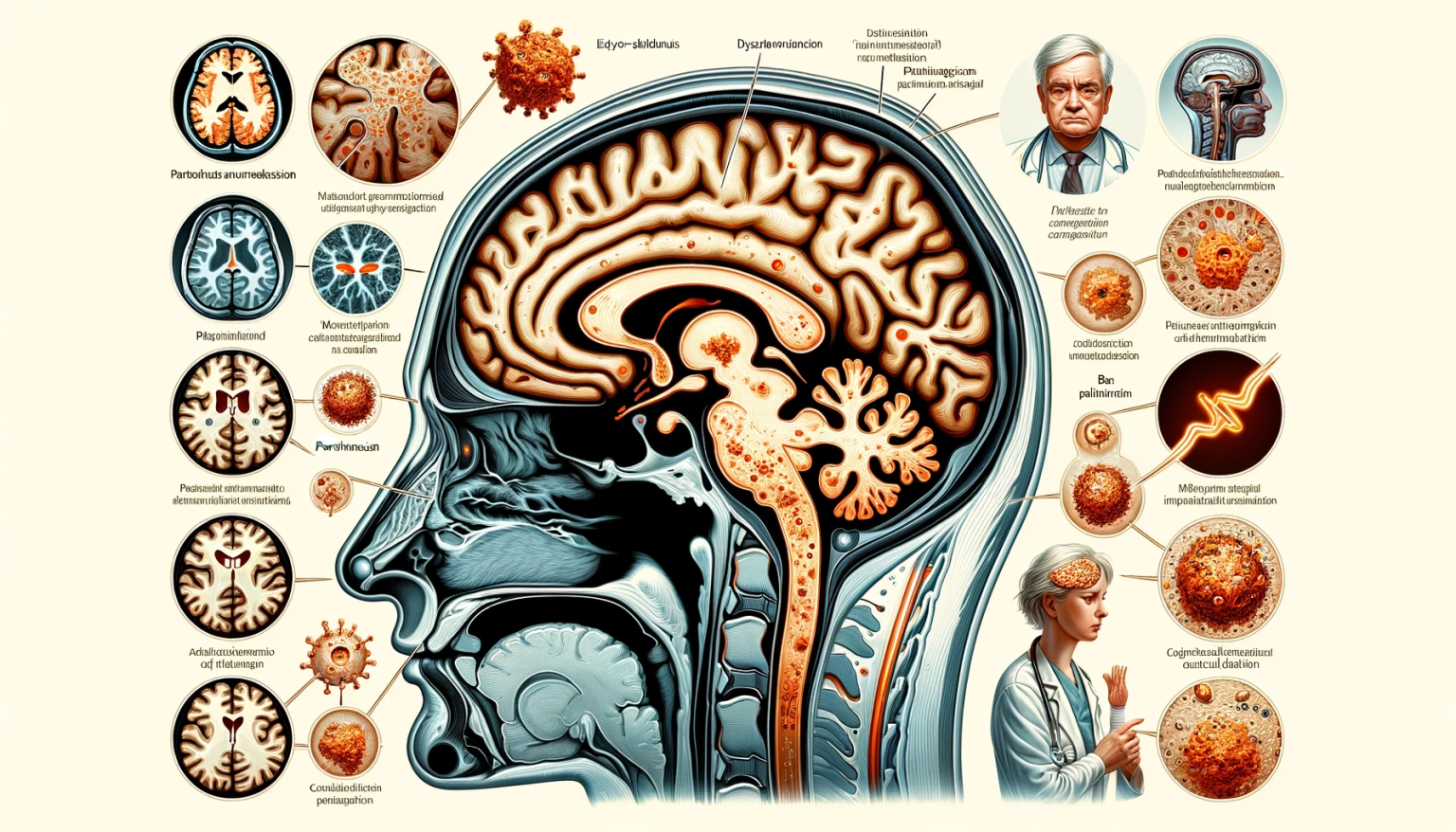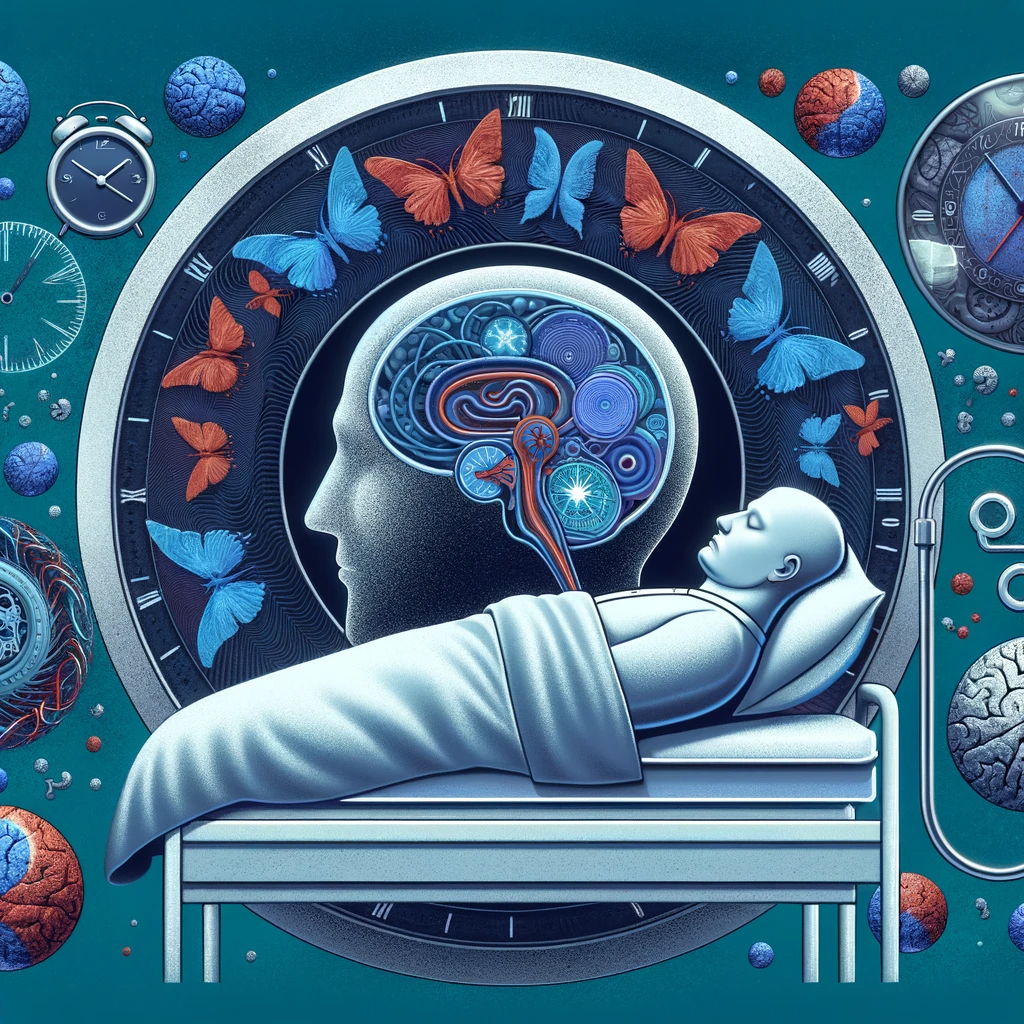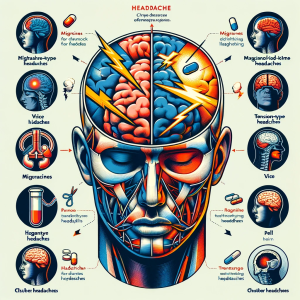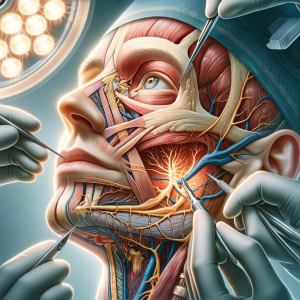Introduction
Ondine’s Curse, medically known as Congenital Central Hypoventilation Syndrome (CCHS), is a rare neurological disorder that affects the body’s ability to control breathing automatically. This life-threatening condition, first identified in the 1960s, primarily manifests in infancy or early childhood. This article aims to explore the clinical features, pathophysiology, diagnosis, and management strategies of Ondine’s Curse.
Clinical Presentation
Individuals with Ondine’s Curse exhibit a marked inability to control autonomic respiratory function, particularly during sleep. Affected infants often present with hypoventilation, leading to cyanosis, hypoxemia, and hypercarbia. The disorder may also manifest later in life, with milder symptoms. Importantly, the voluntary control of breathing is typically intact, but autonomic control, especially during non-REM sleep, is severely compromised.
Pathophysiology
The primary defect in Ondine’s Curse lies in the neural control of breathing. Genetic mutations, particularly in the PHOX2B gene, are implicated in most cases. This gene plays a crucial role in the development of the autonomic nervous system. The mutation leads to dysfunction in the brainstem, which houses the respiratory control centers, thereby impairing the body’s ability to automatically regulate breathing.
Diagnosis
Diagnosis of Ondine’s Curse is often based on clinical presentation and confirmed through genetic testing for PHOX2B mutations. Polysomnography, a comprehensive sleep study, is also crucial for assessing the extent of respiratory dysfunction during sleep. Differential diagnosis is vital to exclude other causes of central hypoventilation, such as brainstem anomalies or neuromuscular disorders.
Treatment and Management
Management of Ondine’s Curse is lifelong and focuses on ensuring adequate ventilation, especially during sleep. Mechanical ventilation, either via tracheostomy or non-invasive methods, is often necessary. Home monitoring and emergency resuscitation equipment are crucial for patient safety. In addition to respiratory support, comprehensive care includes genetic counseling and addressing any associated conditions.
Conclusion
Ondine’s Curse, while rare, poses significant challenges in terms of diagnosis and management. The condition underscores the complexity of the body’s autonomic control mechanisms. For affected individuals and families, a multidisciplinary approach and continuous support are key to managing this lifelong condition.








